What is an LED spot light
An outdoor LED spot light is a directional luminaire that produces a narrow beam of light to illuminate a specifically defined area. Accent lighting using spot lights can create visual hierarchies within the landscape, enabling attention to be drawn to and focused on certain objects. A spot light features a tight beam with a field angle less than 30°. The high intensity illumination over a smaller area is used to show off key focal points in the landscape. The focal points are generally trees, shrubs, fountains, statues, monuments, and architectural installations. It helps to add drama, enhance the prominence, and bring out the intrinsic charm of these focal points.
Landscape lighting techniques
Landscape lighting designers often install spot lights to create a point of particular interest. LED spot lights are used to implement a variety of landscape lighting techniques which contributes to a layered nightscape. Some of the popular techniques that are created by spot lights include spot lighting, uplighting, moonlighting, grazing, silhouetting, and shadowing. Spotlighting is a technique for highlighting selected garden features. Uplighting refers to illuminating an object, e.g. a beautiful fountain, elegant statue or a prized plant, from below to create a focal point. Moonlighting uses tree mounted spot lights which shine through the leaves and branches to cast graceful shadow patterns on the ground below. Grazing is a technique that is used for enhances texture on walls, columns, or tree trunks by positioning a spot lights close to the surface and aiming the beam upward or downward. Silhouetting is used to display a dark outline of trees and plants with interesting branch structure. Shadowing is used to create an intriguing shadow of an object on a wall or fence.
Integrated LED systems
Although there are lamp-based systems that use MR11 or MR16 LED lamps, there’s a trend to design LED spotlights as integrated systems for improved thermal, electrical and optical performance. An integrated LED spotlight is oftentimes a bullet-style or cylindrical luminaire which consists of a light engine, a driver, optics, and a die cast housing. The light engine is an assembly of COB, mid-power or high power LEDs which are mounted onto a metal core printed circuit board (MCPCB). Depending on the accent applications, single-color or multi-color LED arrays may be used. The LED board is attached to the integral heat sink of the housing to maximize heat dissipation. To minimize interfacial contact resistance for optimal heat transfer between PCB and heat sink, a thermal interface material (TIM) may be placed between the two components. To provide precise direction of the light to intended location with a desired pattern, LED spotlights incorporate one or more secondary optics, which can consist of reflectors and total internal reflection (TIR) optics. For light engines that include an array of LEDs, a multi-reflector or multi-lens array may be used to regulate light distribution for individual LEDs.
Design and construction
A high-performing LED spotlight is generally designed with a dedicated electrical compartment which protects electrical components from be thermally stressed by the LEDs. A line-operated luminaire uses a constant current LED driver which is typically designed as a switched-mode power supply (SMPS). The LED driver rectifies alternating current (AC) power into direct current (DC) power and converts the rectified DC power into an output matched to the electrical characteristics of the array of LEDs. Landscape LED spotlights are often designed as low voltage systems which are safer to use. The primary disadvantage of low voltage lighting is that the farthest fixture from the transformer can experience a significant voltage drop when power needs to travel a long distance. Low voltage spot lights can also be powered by solar photovoltaic system. An integrated solar spot light additionally include a solar panel, rechargeable battery, and solar charge controller.
LED dimming
Landscape spotlights are usually equipped with dimming circuits such as 0-10V dimming systems for varying the brightness of single-color LED luminaires or pulse width modulated (PWM) dimming systems for additive color mixing of RGB/RGBW/RGBWA multi-channel systems. Motion sensors and photocontrols may also be integrated to provide feedback to the driver circuit, enabling adaptive lighting and daylight harvesting. Digital control techniques, such as DALI and DMX, are commonly used in landscape lighting applications to support intricate, color-changing light shows.
Corrosion and ingress protection
The housing and other metal parts of a landscape spotlights are constructed of cast brass or aluminum. Brass fixtures are more expensive than other metal fixtures but they hold up well in outdoor environments and provide high efficiency heat dissipation. Die cast aluminum fixtures are more affordable but require a durable polyester powder coating to resist corrosive elements and UV degradation. Landscape light fixtures must be completely sealed to a minimum IP (ingress protection) rating of 65. Landscape spotlights may use pressure equalizing vents to equalize pressure differentials within a sealed enclosure while blocking water and contaminants.

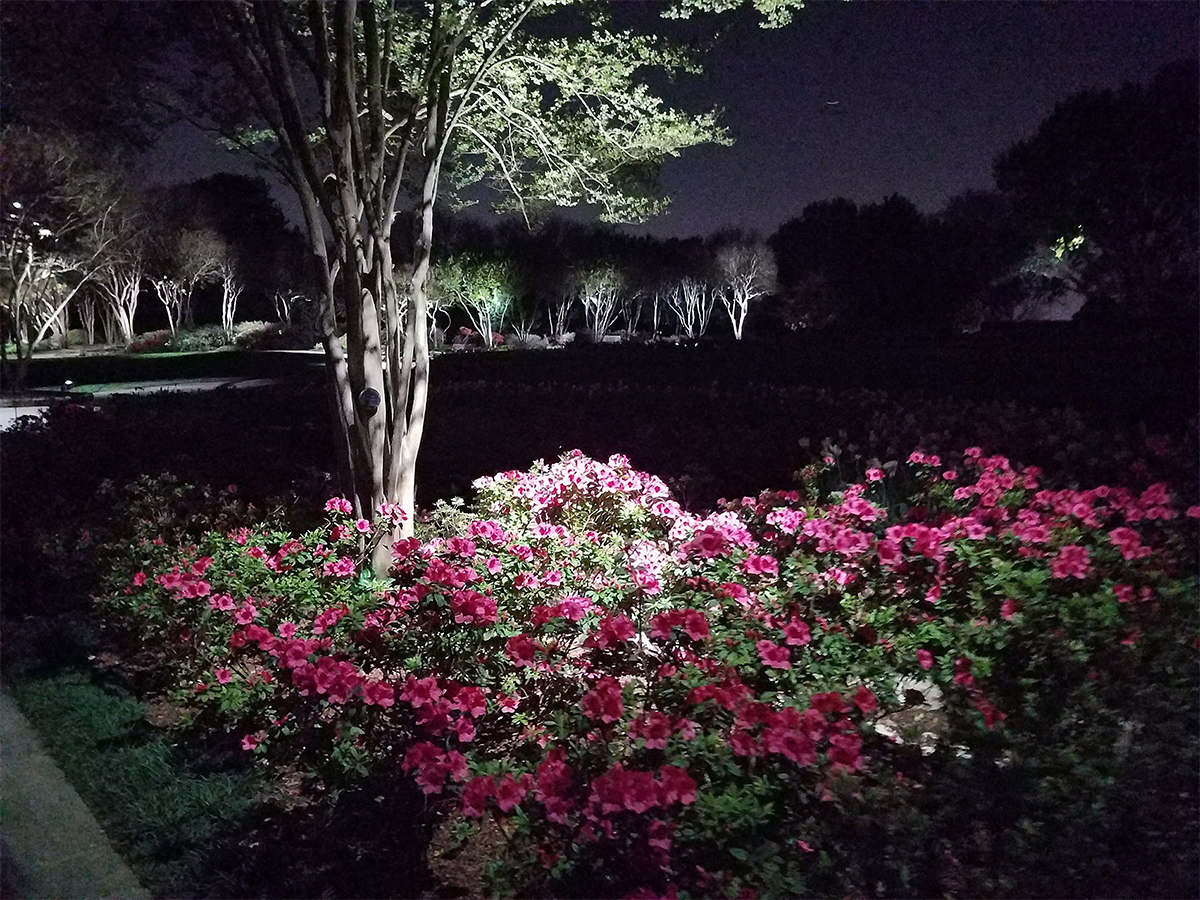
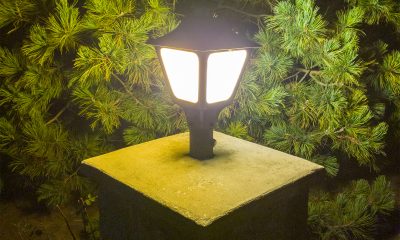
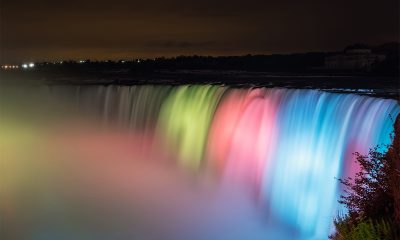
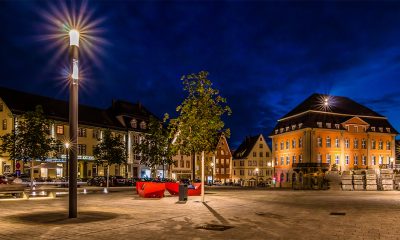
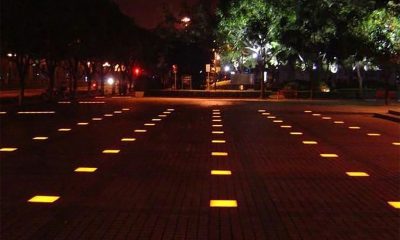
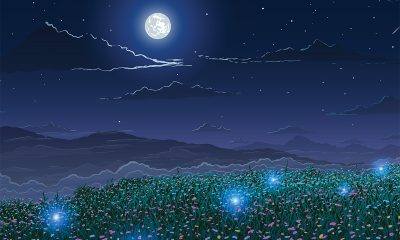
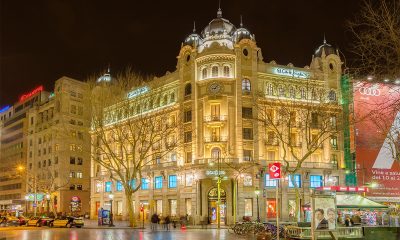

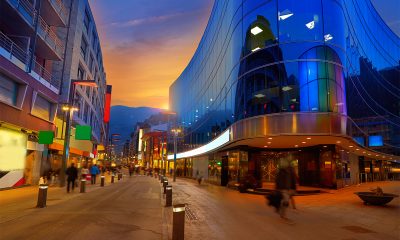
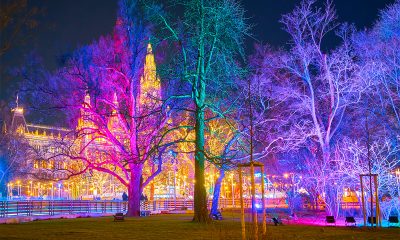
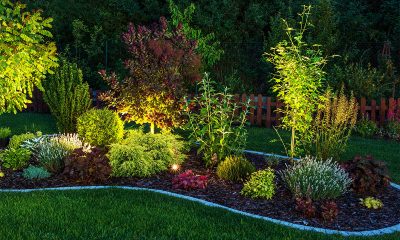
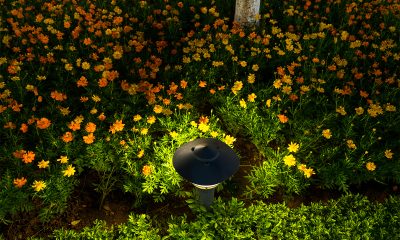
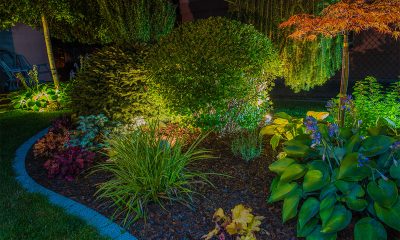





Loading...